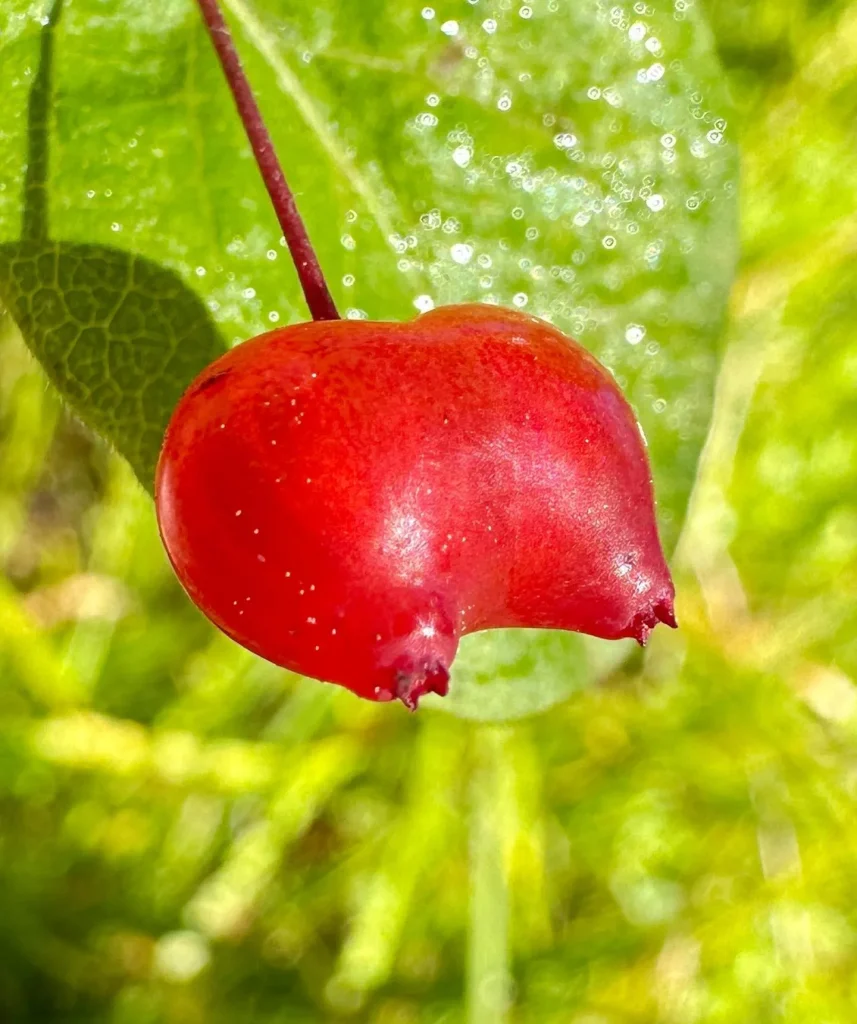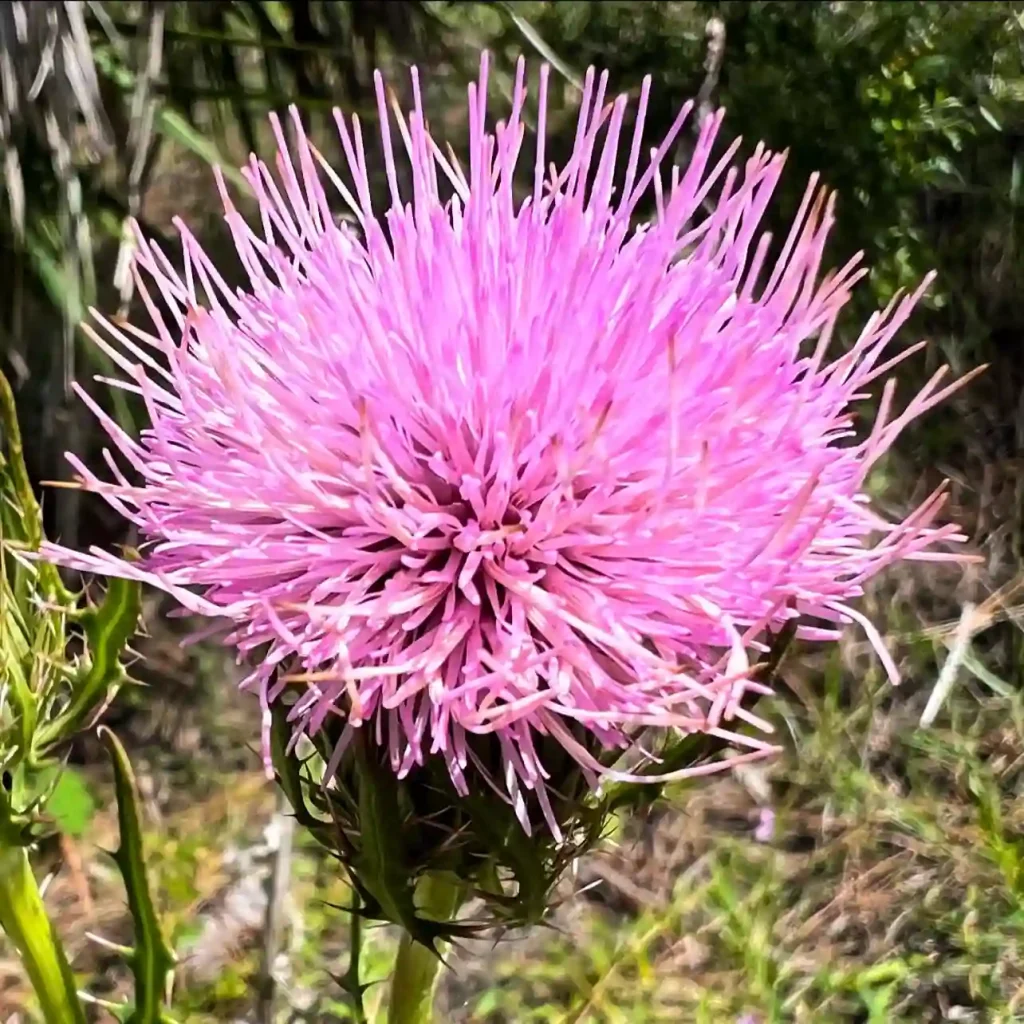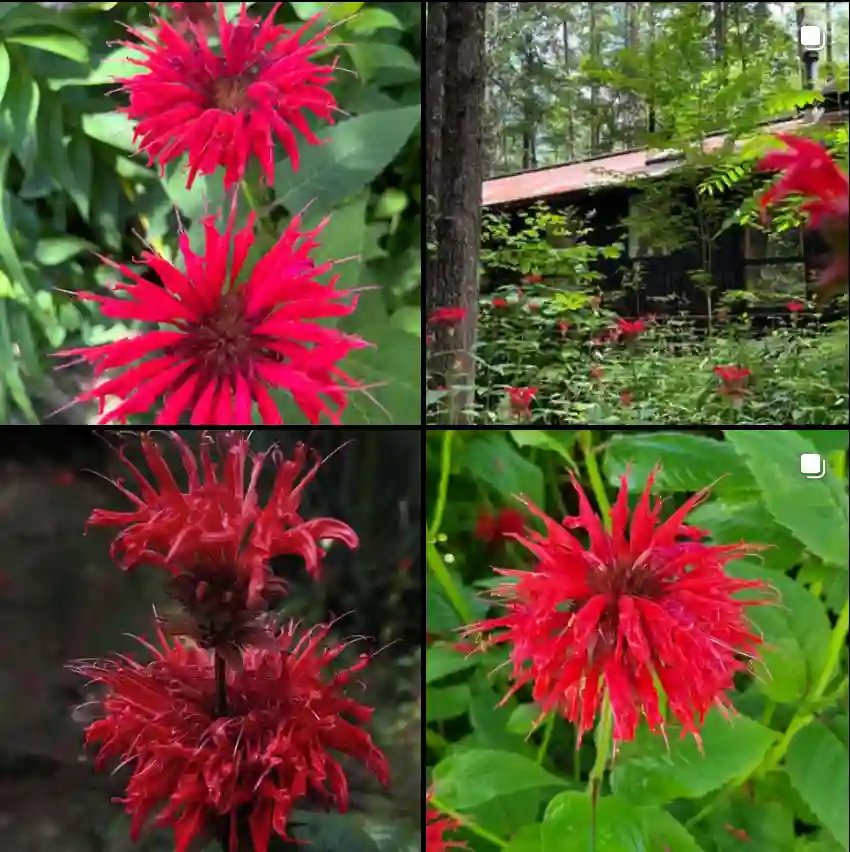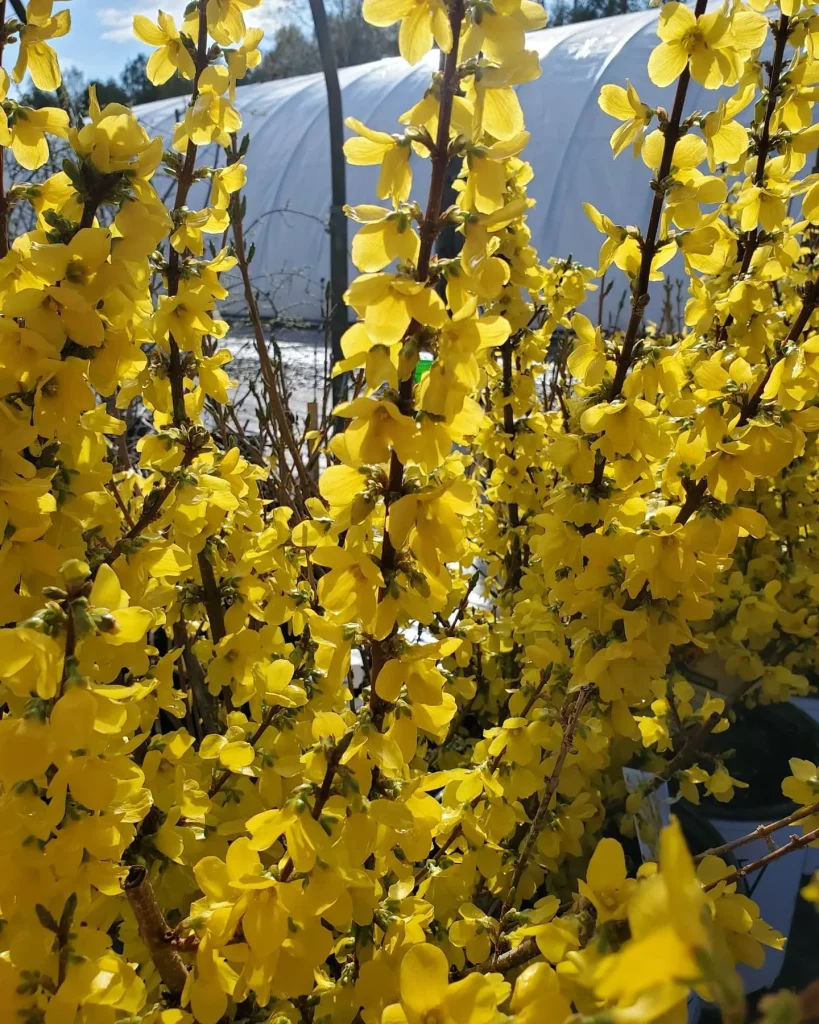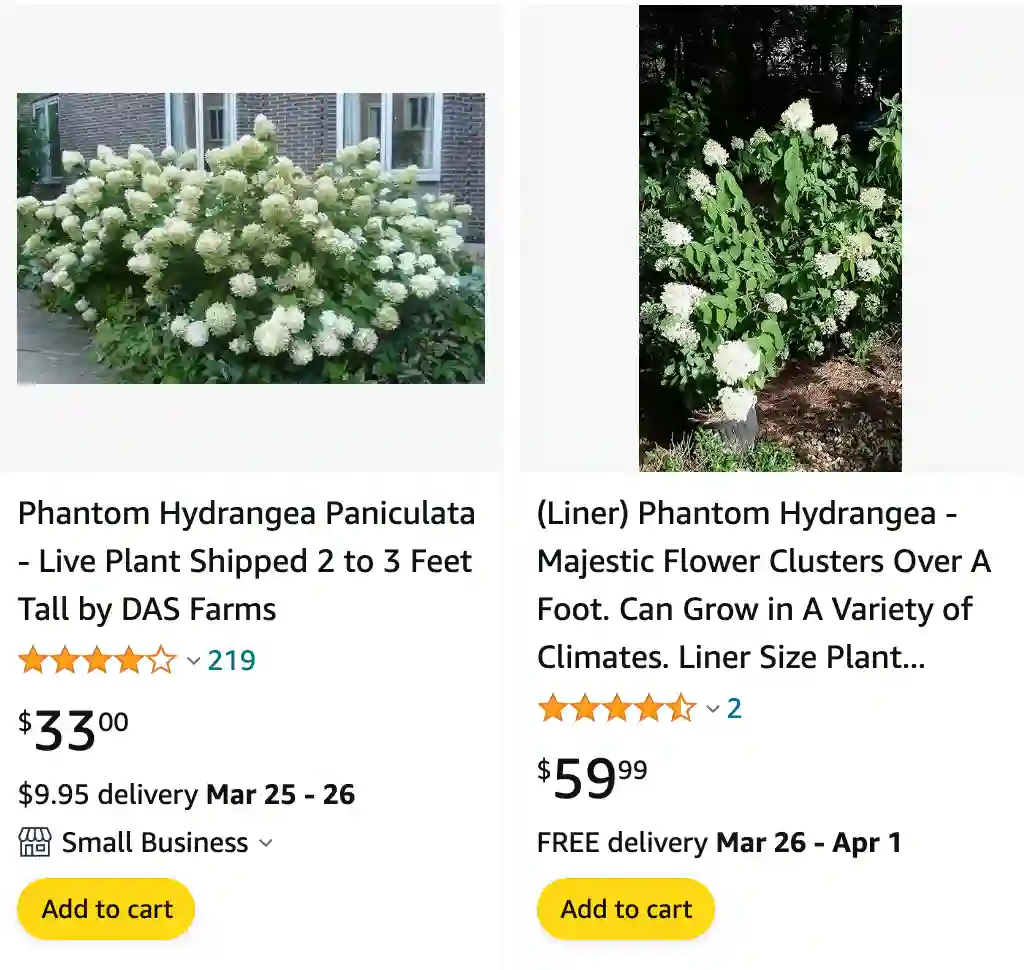
What is a Phantom Hydrangea?
The Phantom Hydrangea, also known as Hydrangea paniculata ‘Phantom’, is a cultivar of the panicle hydrangea renowned for its large, showy flower heads and vigorous growth habit. It’s prized for its striking blooms that start out creamy white and gradually transition to a deep pink or red as they age, adding a vibrant splash of color to the garden.
Phantom Hydrangea vs Limelight
When I compared Phantom Hydrangea and Limelight Hydrangea, I found the Phantom Hydrangea’s large, rounded blooms to be more eye-catching in my garden, especially when they transitioned from white to pink. The Limelight, on the other hand, had a more subtle charm with its greenish blooms that eventually turn to a soft pink, and I appreciated how it added a gentle, consistent touch throughout the summer.
100 Species in Genus Hydrangea
What does a Phantom Hydrangea look like?
Phantom Hydrangea is characterized by its large, conical flower heads comprised of densely packed florets. The blooms typically emerge creamy white in color and gradually change to shades of pink or red as they mature. Its foliage is lush and green, providing a beautiful backdrop to the colorful blooms.
How to prune Phantom Hydrangea?
Pruning Phantom Hydrangea is relatively straightforward and should be done in late winter or early spring before new growth begins. I typically prune mine to remove any dead or damaged wood and to shape the plant as desired. Additionally, I may selectively prune to thin out crowded branches and encourage better air circulation within the plant.
When to prune Phantom Hydrangea?
Pruning Phantom Hydrangea should be done in late winter or early spring, before new growth emerges. This allows the plant to focus its energy on producing new growth and flowers during the growing season.
How to plant Phantom Hydrangea?
Planting Time:
- The ideal time to plant your Phantom Hydrangea is in early spring when the soil is workable and temperatures are starting to warm. Fall planting can also be successful in areas with mild winters, but spring is generally recommended.
Choosing a Location:
- Sunlight: Phantom Hydrangeas prefer full sun to part shade. They will flower best with at least 6 hours of direct sunlight daily. However, some afternoon shade can be beneficial in very hot climates to prevent scorching of the flowers and foliage.
- Soil: Well-drained soil is crucial. Here’s what to consider:
- Ideal: Rich, moist but well-draining soil with a slightly acidic pH (around 5.5 to 6.5).
- If your soil is heavy clay: Amend it with compost, organic matter, or coarse sand to improve drainage.
- If your soil is very alkaline (high pH): You can try adding amendments like peat moss or coffee grounds to lower the pH, but a soil test is recommended to determine the best course of action.
Planting Process:
- Dig a hole: Dig a hole 2-3 times wider than the root ball of your Phantom Hydrangea and just as deep.
- Loosen the soil: Loosen the soil around the edges of the hole to encourage root growth.
- Prepare your hydrangea (if container-grown): Gently loosen the root ball by hand to encourage outward root growth.
- Positioning: Place the Phantom Hydrangea in the hole, ensuring the root crown (the area where the stems meet the roots) sits slightly above the soil level.
- Backfill the hole: Fill the hole back in with the dug-up soil, gently tamping it down to remove air pockets and secure the plant.
- Watering: Water thoroughly after planting to settle the soil around the roots.
Additional Tips:
- Mulching: Apply a 2-3 inch layer of mulch around the base of the plant to retain moisture, regulate soil temperature, suppress weeds, and protect the roots from extreme temperatures. Use wood chips, shredded bark, or pine needles as mulch. Keep the mulch a few inches away from the stem to prevent rot.
- Watering: Water regularly, especially during the first growing season and during hot, dry spells. The soil should be moist but not soggy. Here’s a simple way to check moisture: Stick your finger into the top inch of soil. If it feels dry to the touch, it’s time to water.
- Fertilizing: You may not need to fertilize frequently, especially if your soil is rich in nutrients. However, a balanced fertilizer formulated for flowering shrubs applied in early spring can be beneficial. Follow the package instructions for dosage and application.
- Pruning (optional): Light pruning can be done in late winter or early spring to maintain size and shape and promote flowering. You can remove up to one-third of the previous year’s growth. Use sharp, sterilized pruning shears when pruning.
Do Phantom Hydrangea trees get too heavy?
Phantom Hydrangea trees can become heavy when laden with large flower heads, especially after a rain. Providing adequate support, such as staking or planting in a sheltered location, can help prevent the branches from bending or breaking under the weight of the flowers.
How sturdy are Phantom Hydrangea?
Phantom Hydrangea plants are generally sturdy and resilient, able to withstand various environmental conditions and minor disturbances. However, providing proper care, such as regular watering, fertilizing, and pruning, can help keep the plants healthy and vigorous.
Where to buy Phantom Hydrangea?
Phantom Hydrangea can be purchased from various nurseries, garden centers, and online retailers specializing in ornamental plants. It’s also possible to find them at plant sales, botanical gardens, and through plant exchanges within the gardening community.
If i die, water my plants!
